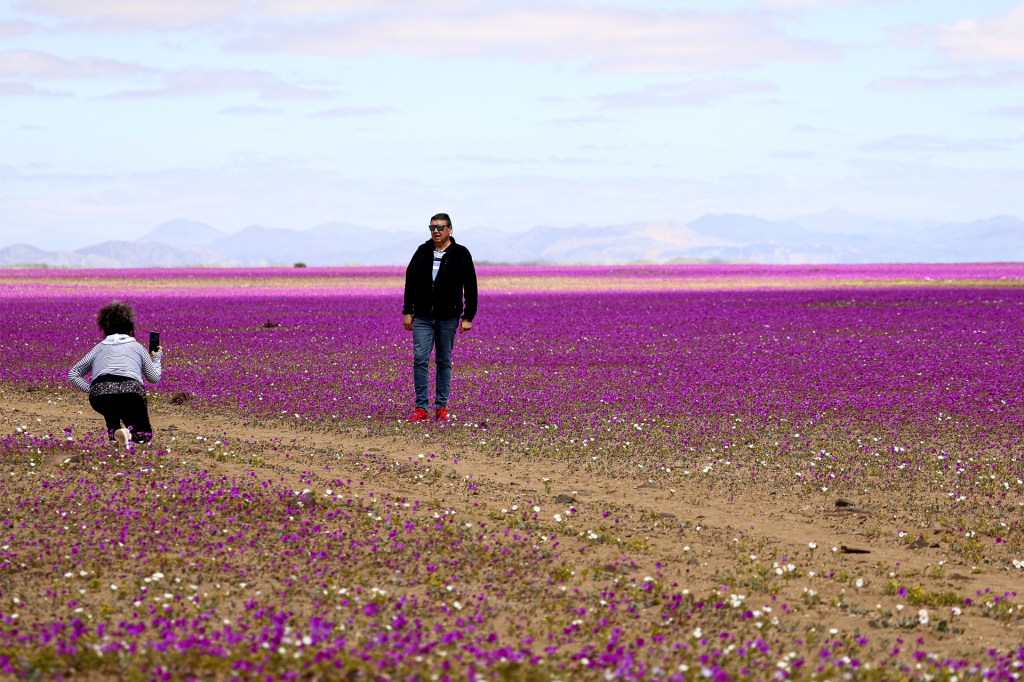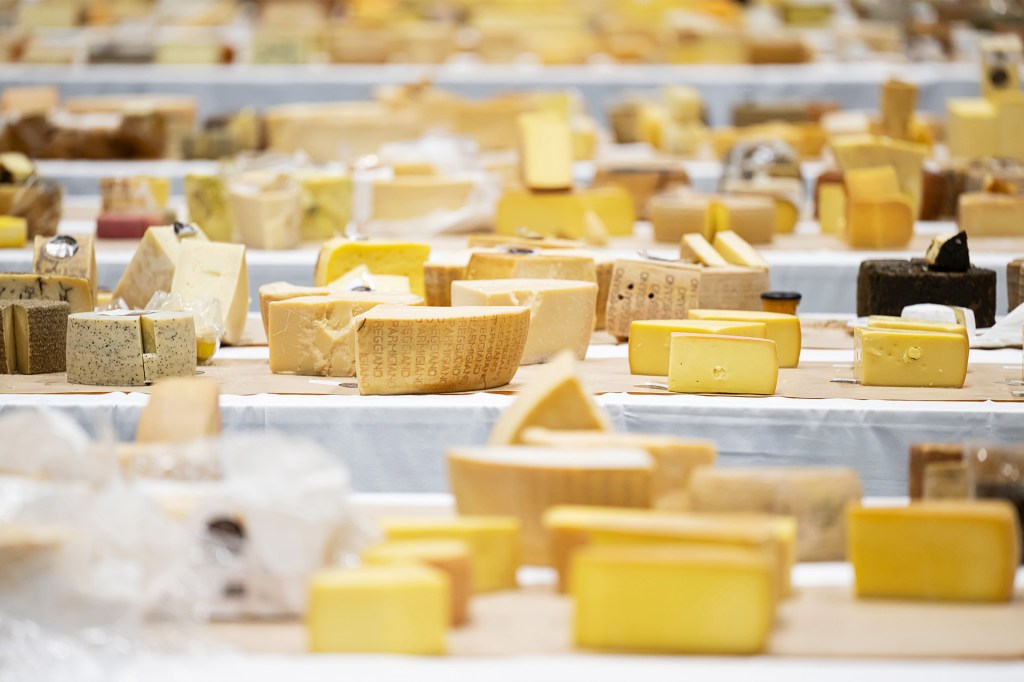
One of the driest places on Earth has burst into color. Recent rains in Chile’s Atacama Desert have brightened the arid landscape with a sea of wildflowers.
The bloom has covered the desert in pink and purple, with patches of yellow, red, blue, and white. Tourists are traveling from all over Chile to see the vibrant show. Most of the flowers will fade by November as the desert heats up again. Some will last through December.
“It’s one of those rare things you have to take advantage of,” said Maritza Barrera, who drove six hours with her two kids to see the flowers. “It’s more stunning than I could have imagined.”
The Atacama is known as the driest nonpolar desert in the world. It usually gets about 2 millimeters of rain each year. But this year, the desert received much more: up to 60 millimeters in some areas.
“When certain moisture thresholds are met, [the seeds] activate, grow, and then bloom,” Víctor Ardiles told the AP. Ardiles is chief curator of botany at Chile’s National Museum of Natural History. He added that rain, sunlight, temperature, and humidity must all work together for the flowers to appear.
“Nowhere on Earth does this phenomenon occur like it does here in Chile,” Ardiles said.












